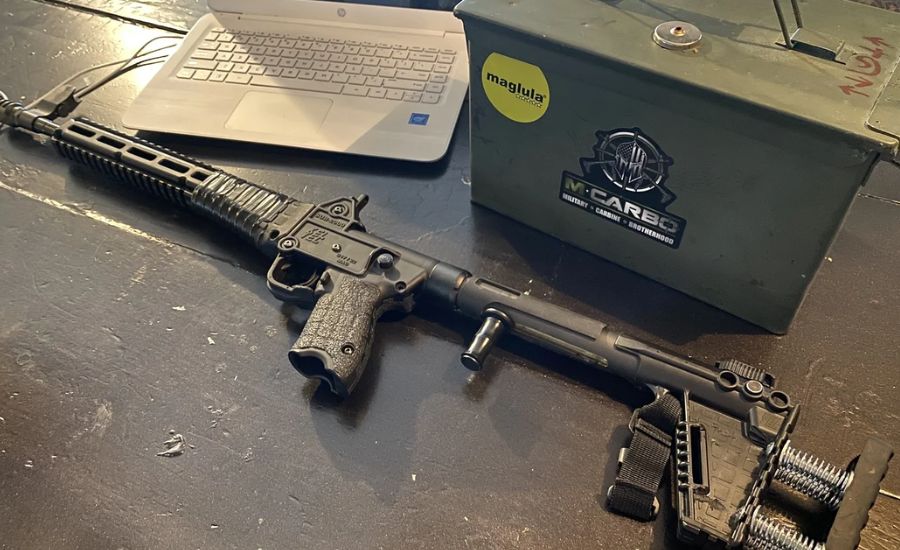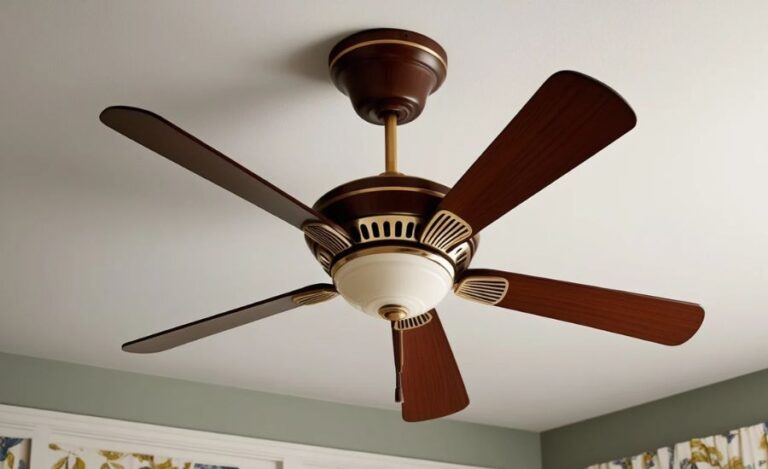Can I Goto A Gun Range With A 50250, Legel, Regulations & More
Introduction to Can I Goto A Gun Range With A 50250
If you’re considering visiting a gun range with your 50250, whether it’s for a casual shooting session or to improve your skills, you might have questions about the rules, safety protocols, and whether your firearm is allowed. Gun ranges provide a controlled environment where firearm enthusiasts can practice shooting, learn new techniques, and enjoy the sport safely. However, understanding the specific rules for bringing your firearm—like the 50250—is essential before you go.
This guide will help you navigate the process of bringing your 50250 to a shooting range. We’ll cover everything from safety precautions and legal considerations to tips for first-time visitors, ensuring that you have all the information you need for a smooth and enjoyable experience.
Understanding the 50250: Key Facts
What is the 50250?
The term “50250” can refer to a particular model of a firearm or ammunition, though it may vary depending on the context. If you’re specifically asking about the 50250 in relation to shooting at a gun range, it’s important to know the exact specifications of your firearm or ammunition type. Understanding the model, including its caliber, size, and features, is critical in ensuring compatibility with the range’s rules and regulations.
Each gun range has different policies regarding which firearms and ammunition are allowed, so knowing your 50250’s specifics will help you determine whether it’s permissible to bring to the range.
Can I Bring My 50250 to the Gun Range?
In most cases, you can bring your 50250 to the gun range, but it’s essential to check with the facility first. Gun ranges often have specific rules regarding the types of firearms and ammunition they allow. Some may restrict certain calibers, styles, or types of firearms based on safety concerns or local laws. By calling ahead or visiting the range’s website, you can confirm whether your 50250 is acceptable for use at the facility.
Gun Range Safety: Essential Rules to Follow
Why Safety is Crucial
Before heading to the gun range with your 50250, it’s important to be aware of and follow the strict safety guidelines that ensure a secure and enjoyable experience for everyone. Gun ranges are high-traffic areas where shooters of all skill levels gather, making safety the number one priority. Adhering to established safety rules will help prevent accidents and ensure that the shooting environment remains controlled.
Key Safety Rules to Follow
- Treat Every Firearm as if It’s Loaded: Always assume that a firearm is loaded, even if you know it isn’t. This mindset will help you stay alert and handle firearms responsibly.
- Keep the Muzzle Pointed Downrange: The muzzle of your 50250 (or any firearm) should always be pointed at the target area. Never allow the muzzle to point in any direction that could endanger others or yourself.
- Wear Eye and Ear Protection: Shooting can generate loud noises, and debris from the target area can fly toward you. Protect your eyes and ears by wearing safety goggles and hearing protection.
- Listen to the Range Officer: The range officer is there to ensure that everyone follows the rules and maintains safety. Pay attention to their instructions and respect their authority.
- Follow the Range’s Specific Rules: Every shooting range has its own set of rules, whether they involve certain calibers, shooting positions, or even behavior on the premises. Before you arrive, make sure you are aware of these guidelines.
Tips for First-Time Gun Range Visitors
1. Know Your Firearm
If you’re new to shooting or bringing a specific model like the 50250, make sure you’re familiar with how it operates. Read the owner’s manual, and practice basic firearm handling before visiting the range. Knowing how to load, unload, and operate your firearm safely is essential.
2. Start with a Lesson
If it’s your first time at the range or you’re unfamiliar with the 50250, consider taking a lesson from a certified instructor. They can help you learn the basics of shooting, including proper stance, grip, and trigger control, ensuring a more enjoyable and productive experience.
3. Check Range-Specific Rules

As mentioned earlier, each range may have specific regulations. Some ranges may require you to bring only certain types of firearms, and others may limit the use of high-powered weapons or specific ammunition. Always verify these details in advance.
4. Bring Proper Gear
In addition to the required protective equipment (earplugs and safety glasses), it’s essential to bring any gear you may need, such as targets, range bags, or extra ammunition. Some ranges may have gear available for rent, but it’s often a good idea to bring your own to avoid additional costs.
Legal Considerations: Understanding Firearm Regulations
Local Laws and Regulations
Before heading to the range, make sure you’re aware of the local laws regarding firearms. Regulations surrounding the possession and use of firearms can vary significantly depending on where you live, so it’s important to stay informed. In some areas, specific types of firearms or ammunition may be banned, or you may need special permits to use them at shooting ranges.
Firearm Registration and Licensing
Make sure that your 50250 is properly registered (if required by law) and that you have any necessary permits to transport or use it at a range. Laws related to firearm registration and licenses differ by jurisdiction, so it’s crucial to verify the legal requirements in your area before visiting the range.
Preparing Your 50250 for the Gun Range
Before heading to the gun range, it’s essential to ensure that your 50250 firearm is in optimal condition. Proper preparation will not only help you perform better but also ensure your safety and the safety of others at the range. Here’s a simple checklist to get your firearm ready:
1. Clean and Inspect Your Firearm
Cleaning your firearm before use is crucial for both functionality and safety. A well-maintained gun performs better and is less likely to experience malfunctions. Clean the barrel, check for any debris or residue, and ensure all moving parts are functioning smoothly. Inspect for any visible signs of damage or wear that could affect performance.
2. Check Your Ammunition
Ensure that you have the correct ammunition for your 50250 and that it’s in good condition. Check the ammunition’s expiration date if applicable, and ensure there are no signs of corrosion or damage. Using the wrong ammunition or damaged rounds can lead to misfires, reduced performance, or even accidents.
3. Gather Your Gear

Prepare for your range session by bringing all necessary accessories. This may include targets, a shooting mat for comfort, extra magazines, cleaning supplies, and any tools you might need for adjustments. Having everything ready will allow you to focus on your shooting without interruptions.
What to Expect at the Gun Range
Types of Gun Ranges
Understanding the different types of gun ranges will help you better prepare for your visit with the 50250:
- Indoor Ranges: Indoor ranges provide a controlled environment, which is ideal for shooting in all weather conditions. However, some ranges may have restrictions on certain types of firearms due to space and ventilation limitations.
- Outdoor Ranges: These ranges typically offer more space and flexibility, allowing for a broader range of firearms and shooting distances. Outdoor ranges are perfect if you prefer shooting in natural light and have a wider selection of distance options.
- Private Ranges: Many private gun ranges operate on a membership basis. These ranges may have specific rules about the types of firearms allowed, and they might offer more specialized training or shooting events.
When You Arrive at the Range
Once you arrive at the gun range, here’s what to expect:
- Check-In: Upon arrival, you’ll likely need to check in at the front desk. The staff will ask about your firearm and experience level to ensure you’re familiar with the range’s safety protocols and that your 50250 meets the range’s criteria.
- Safety Briefing: Most ranges will require a safety briefing for first-time visitors. During this briefing, you’ll learn the rules, the range layout, and the safety measures in place to protect everyone.
- Shooting Stations: After the briefing, you’ll be assigned a shooting station. This is where you’ll practice with your 50250, focusing on safety, accuracy, and technique.
Tips for First-Time Visitors
Getting Comfortable with Your 50250
If it’s your first time using your 50250 at the range, you might feel a bit nervous.The following advice will boost your self-confidence:
- Practice Dry Firing: Before you head to the range, practice handling your 50250 in a safe environment. Dry firing (without ammunition) helps you get used to the firearm’s weight, trigger pull, and overall feel. Always ensure the gun is unloaded before dry firing.
- Bring a Friend: If you’re feeling apprehensive, consider bringing a more experienced shooter with you. A knowledgeable friend can offer support and guidance, making your visit more enjoyable and less stressful.
- Ask Questions: Don’t hesitate to ask the range staff for advice or clarification. They’re there to help and can offer useful tips on how to handle your firearm safely and effectively.
Following Range Etiquette
Proper etiquette is essential to ensuring that everyone at the range has a positive experience. Here’s how to make your visit smooth and respectful:
- Keep Conversations Low: Avoid loud talking or distractions while others are shooting. A calm and quiet environment ensures everyone can focus and stay safe.
- Respect Other Shooters: Be mindful of others’ space and needs. Wait for a ceasefire before walking downrange or adjusting your setup, and always follow the range’s instructions.
- Clean Up After Yourself: When your session is complete, make sure to clean up your area. Pick up spent casings and any trash to keep the range clean and enjoyable for everyone.
Conclusion

If you’re wondering, “Can I bring my 50250 to the gun range?” the answer is generally yes, but it’s important to follow the range’s rules and safety protocols. By preparing your firearm properly, understanding the types of ranges available, and being mindful of range etiquette, you can ensure a safe and enjoyable visit. Whether you’re a seasoned shooter or a first-time visitor, gun ranges offer a fantastic opportunity to learn, practice, and improve your shooting skills. So, get your 50250 ready, follow the safety rules, and enjoy your time at the range.
Frequently Asked Questions (FAQs) About Bringing Your 50250 to a Gun Range
1. Can I bring my 50250 to any gun range?
Yes, in most cases, you can bring your 50250 to a gun range. However, different ranges may have specific rules regarding the types of firearms allowed. It’s always a good idea to check with the range in advance to ensure that your firearm meets their requirements.
2. Do I need to have prior shooting experience to visit a gun range with my 50250?
While prior experience is not always required, it is highly recommended. If you’re a beginner, most ranges offer safety briefings or introductory lessons. If you’re unfamiliar with your 50250, consider seeking guidance from range staff or an experienced shooter to help you get comfortable.
3. What should I bring when visiting a gun range with my 50250?
Make sure to bring your 50250, the appropriate ammunition, protective gear (ear and eye protection), a shooting mat (if you prefer), and any additional accessories you might need such as targets, tools, or extra magazines.
4. Are there any restrictions on the type of ammunition I can use with my 50250 at a range?
Some gun ranges may have restrictions on certain types of ammunition, such as armor-piercing rounds, tracer rounds, or high-velocity ammunition. It’s always best to check with the range beforehand to confirm which types of ammunition are permitted.
5. How should I prepare my 50250 before going to the range?
Ensure that your 50250 is clean, well-maintained, and fully operational. Inspect your firearm for any damage or signs of wear, and make sure your ammunition is in good condition. Bring along any necessary accessories and tools to ensure you’re fully prepared.
Key Facts About the 50250 at Gun Ranges
- Safety is the Top Priority: Gun ranges prioritize safety above all else. Make sure you follow all the safety protocols, such as keeping the muzzle pointed downrange, treating all firearms as if they are loaded, and following the instructions of the range officer.
- Different Range Types Offer Different Experiences: Indoor ranges provide a controlled environment with specific regulations on firearm types. Outdoor ranges, on the other hand, may have more flexibility and larger distances. Private ranges might have additional guidelines, especially if they are membership-based.
- First-Time Visitors Should Take Their Time: If it’s your first time at the range, take a moment to familiarize yourself with your 50250, follow safety protocols, and listen to the staff. Don’t rush—gun ranges are about accuracy, practice, and safety, not speed.
- Range Etiquette Makes a Big Difference: Respecting other shooters and following proper range etiquette, such as keeping conversations quiet and cleaning up your station, creates a positive environment for everyone.
- Preparation Leads to Success: Properly preparing your 50250, checking your ammo, and bringing necessary accessories (like ear and eye protection) will ensure that you have a smooth and enjoyable experience.
- Ranges Have Different Rules for Different Firearms: Depending on the range, there may be certain limitations on what kinds of firearms you can bring, such as restrictions on high-powered or semi-automatic weapons. Always verify with the range ahead of time to avoid any surprises.
For more Information About blog visit idealrular






